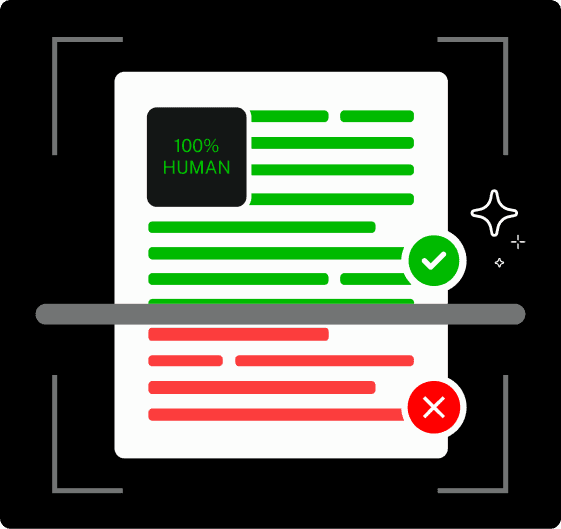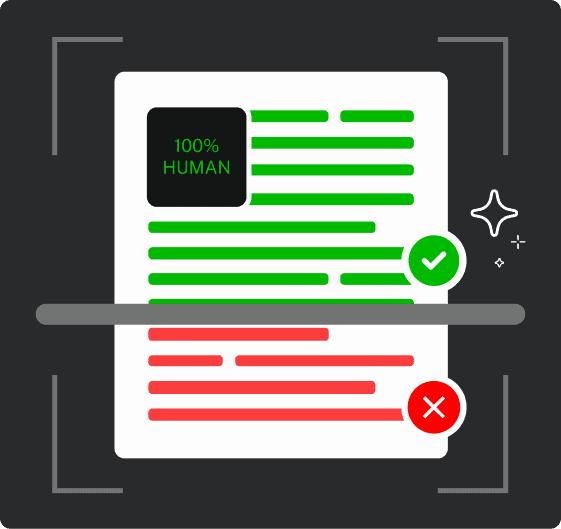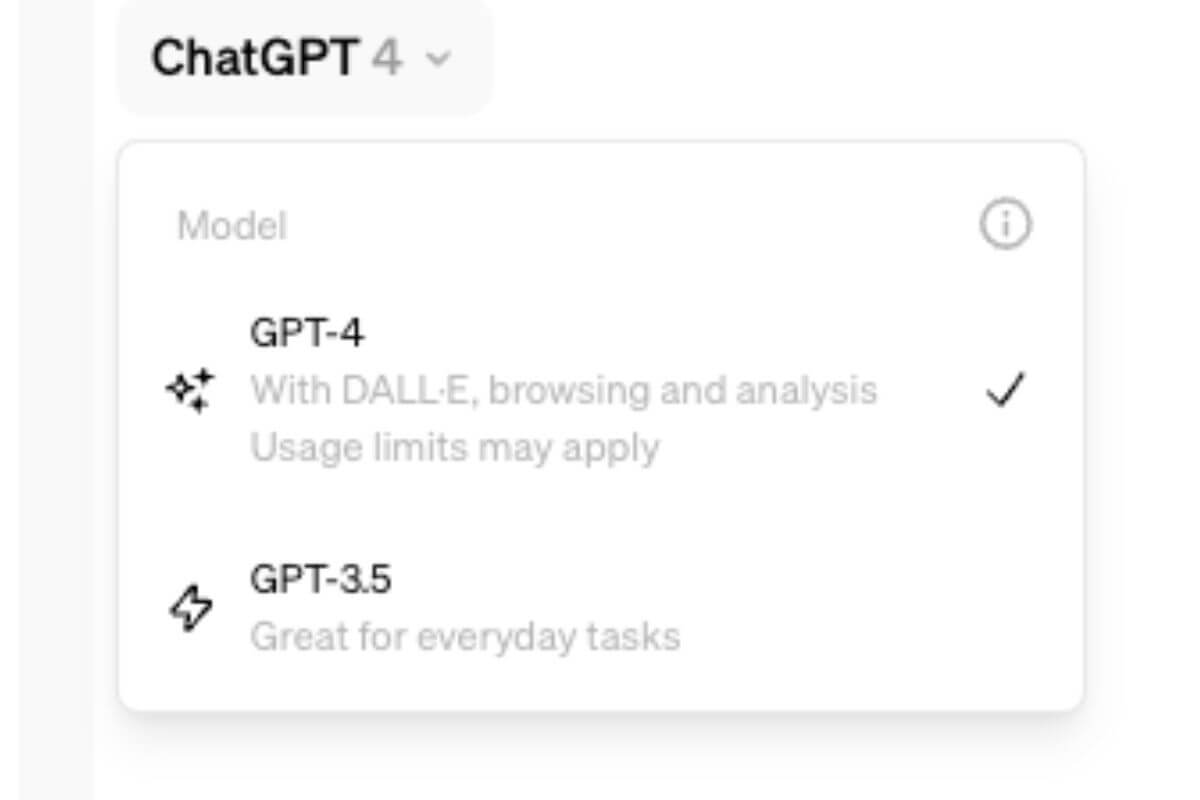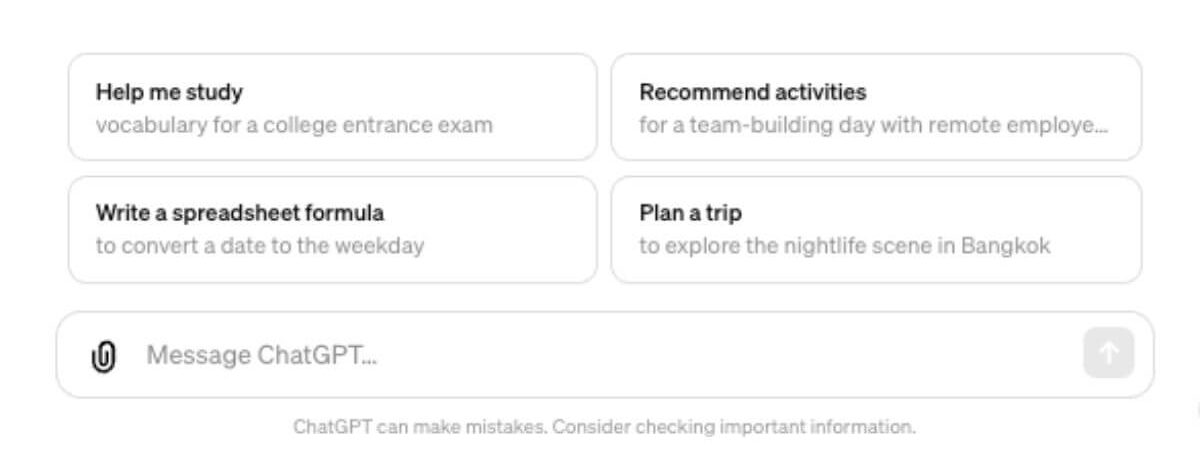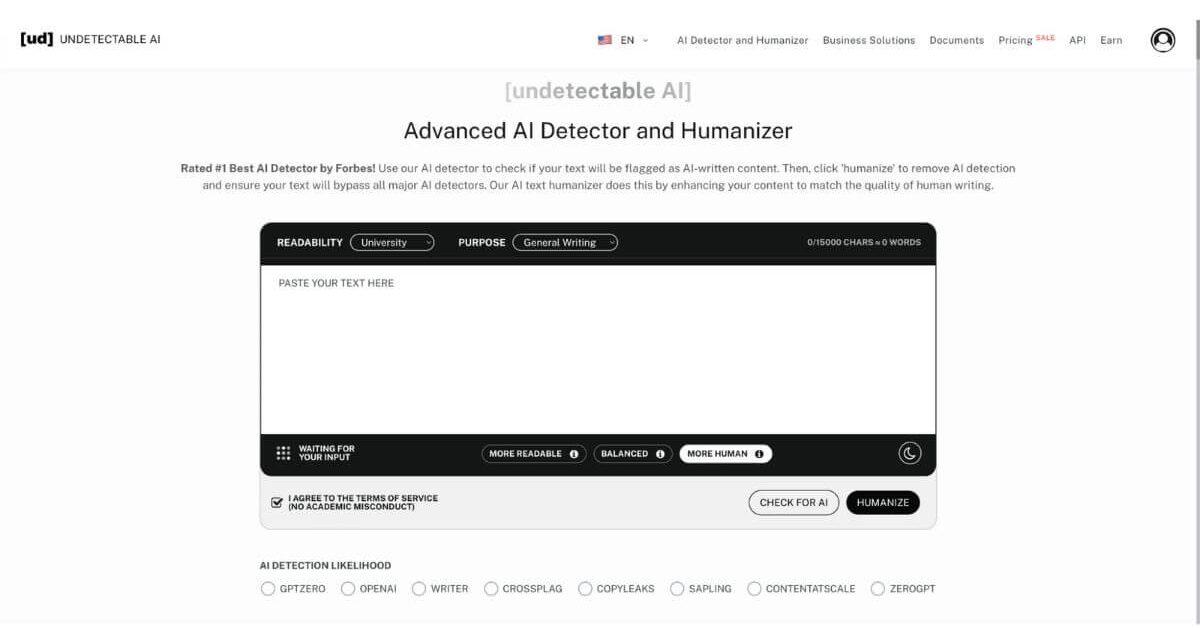Ever wondered how to feed a PDF to chatGPT? You’re not alone!
Many of us have encountered the challenge of wanting to extract and analyze information from a PDF but not knowing where to start.
This guide is here to help, providing a clear, step-by-step process for uploading your PDF documents and making them readable by ChatGPT.
Whether you’re looking to extract key information from research papers or simplify the management of digital documents, these seven steps will help you interact effectively with your PDFs.
Let’s transform your files into a format ChatGPT can understand and work with.
How to feed a PDF to ChatGPT?
ChatGPT mainly interacts with text and is designed to process and generate responses based on textual inputs.
Initially, this meant that users had to manually input text into the system, which could be time-consuming and inefficient, especially for large documents like PDFs.
However, recent OpenAI advancements, particularly GPT-4, have expanded ChatGPT’s language model and capabilities.
Never Worry About AI Detecting Your Texts Again. Undetectable AI Can Help You:
- Make your AI assisted writing appear human-like.
- Bypass all major AI detection tools with just one click.
- Use AI safely and confidently in school and work.
With the latest version which is said to be 500x stronger than GPT 3, users with access to ChatGPT Plus now have the ability to seamlessly upload files and documents, including PDFs, to the platform.
Here is a simple, step-by-step guide to help you feed a PDF to ChatGPT:
1. Prepare Your PDF Document
Before interacting with ChatGPT, ensure your document is ready for analysis.
When dealing with a PDF, you’ll need to ensure that any content you want ChatGPT to process is in a clean, text-based format that the model can interpret.
Since PDF files can often contain images, tables, and various non-textual elements, they need to be converted or prepared appropriately to maximize the effectiveness of ChatGPT’s text-based capabilities.
2. Access ChatGPT
Log into your ChatGPT Plus account. Once logged in, select ChatGPT-4 from the top menu options. This option supports direct PDF file interactions.
This feature is available exclusively for ChatGPT Plus users and leverages the advanced capabilities of the GPT-4 model.
3. Upload Your PDF File
Click the paperclip icon at the bottom of the ChatGPT interface to upload your PDF file.
Once the file is selected, use the chat box to instruct ChatGPT on how to process the document. For instance, type in a command like, “Please summarize this document,” and then hit “Enter.”
4. Wait for Processing
Then sit tight for a few seconds. After uploading your PDF, ChatGPT will process and analyze the document.
The processing time may vary depending on the size and complexity of the PDF file.
Text-based PDFs usually process quickly, within a few seconds. However, PDFs that contain images or extensive non-text elements might take longer to convert and analyze.
5. Review Results
Once the processing is complete, you’ll be presented with the results generated by ChatGPT.
Take the time to carefully review and analyze the insights, summaries, and explanations provided.
6. Interact and Refine
After ChatGPT processes your PDF, take a moment to review what it generates. This is your chance to dive deeper. Ask questions or request further clarification.
At this point, it’s also wise to consider your content’s originality, especially if you plan to share it publicly or use it in a professional setting.
Tools like Undetectable.ai can be a helpful ally here. You can adjust the wording in your PDF to sound more natural and human-like by running your refined content through this tool.
This step is crucial not just for style, but also to ensure your content won’t be flagged as AI-generated, which can be important for maintaining credibility and meeting certain publication standards.
Undetectable.ai checks your text to make sure it’s free of plagiarism as well as common markers that scream “a robot wrote this.”
7. Save or Export Analyzed Content
After you’re satisfied with ChatGPT’s response to your PDF, you’ll likely want to save or utilize the insights it generated.
Currently, ChatGPT does not offer a direct download option for text content within its interface. Instead, you have a couple of options for saving or exporting the information:
Copying Text: Highlight the text in the ChatGPT interface, right-click, and select “Copy.” You can then paste this into any document or other application where you need it.
Sharing Insights: ChatGPT allows you to create a shareable link to the conversation. Look for the “Share” button at the chat window’s top or bottom.
Clicking this will generate a unique URL you can send to colleagues or save for reference.
This link will allow others to view the exact conversation and results, maintaining the context of your interaction with ChatGPT.
Utilizing Third-Party Websites to Upload PDFs to ChatGPT
In addition to the steps above, various third-party websites offer convenient ways to upload and analyze PDF documents using ChatGPT.
These AI tools and browser extensions can make interacting with PDFs much easier. Here’s a closer look at two handy ChatGPT plugins:
AskYourPDF
This tool is especially useful for those looking to quickly extract information from PDF documents without needing to read through them entirely.
For example, it’s a great fit for students and professionals who often need to quickly pull specific insights from dense documents.
You just need to add the 500x stronger than GPT 3 to your Chrome browser. The plugin is powered by ChatGPT, so you can simply upload your PDF and start interacting with it directly.
ChatWithPDF
Another reliable platform for uploading PDFs to ChatGPT is ChatWithPDF.
ChatWithPDF is a straightforward, web-based tool that lets you interact with PDF documents through ChatGPT without any complicated setup.
Since it’s accessible anywhere and requires no downloads, it’s an incredibly convenient, practical option.
Final Thoughts
In today’s fast-paced world, feeding PDFs into ChatGPT has become a valuable skill. With the advent of GPT-4 and ChatGPT Plus, this process has become seamless.
Now, users can effortlessly upload PDFs and witness ChatGPT swiftly transforming them into digestible insights.
Whether you’re a researcher or a professional, the seven-step guide provided here offers a clear pathway to success.
Don’t forget the importance of refining the results. Engage with the generated insights, asking questions and seeking clarifications.
To ensure the authenticity of the writing, consider leveraging tools like Undetectable.ai to refine the text and maintain its human touch.
In conclusion, feeding PDFs to ChatGPT has become achievable and remarkably efficient with AI advancements.
By following these steps and utilizing tools like Undetectable.ai, you can unlock valuable insights within your PDF documents quickly and effortlessly.
Ready to experience the difference? Try the Undetectable AI widget below quickly and easily (English only). Just input your text and see how it can transform your writing!

